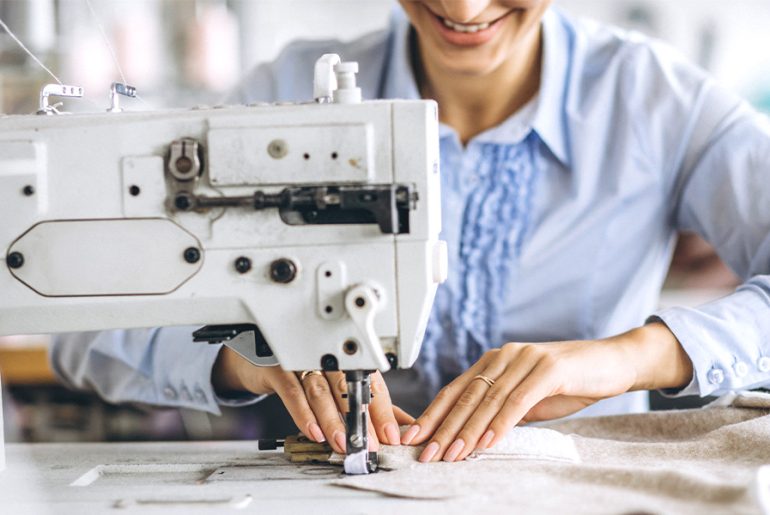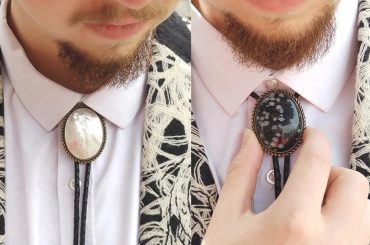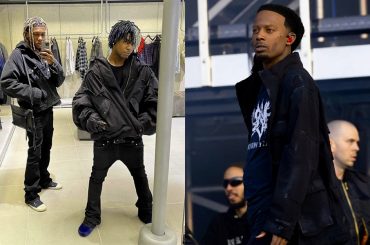Understanding nahttypen is fundamental to achieving professional-quality sewing results, whether you’re a beginner learning the basics or an experienced seamstress perfecting your craft. Nahttypen, which translates to “seam types” in German, encompasses the various methods of joining fabric pieces together to create durable, attractive, and functional garments and textile products.
Mastering different nahttypen techniques enables sewers to select the most appropriate seam for each specific fabric type, project requirement, and desired finish. From basic construction seams to decorative finishes, each seam type serves a unique purpose in the world of textile creation.
What Are Nahttypen and Why Do They Matter?
Nahttypen represent the diverse range of techniques used to connect fabric pieces, each designed to meet specific functional and aesthetic requirements. These seam types vary in complexity, strength, stretch capability, and visual appearance, making them suitable for different applications.
Choosing the right type of nahttypen is really important. The right seam choice affects garment durability, comfort, appearance, and longevity. A poorly chosen seam can lead to premature wear, uncomfortable fit, or unprofessional appearance, while the appropriate selection ensures optimal performance and visual appeal.
Professional sewers and fashion designers rely on their understanding of nahttypen to create garments that meet industry standards and customer expectations. Home sewers who master these techniques can achieve store-quality results in their personal projects.
Essential Types of Nahttypen for Every Sewer
Plain Seam (Einfache Naht)
The plain seam is the base of most sewing projects and is the simplest type of stitch used. Two fabric pieces are placed right sides together and stitched along the seam line, typically with a straight stitch. This seam is useful for most woven fabrics and general building tasks.
Plain seams require proper finishing to prevent fraying, especially on fabrics that tend to unravel. Common finishing methods include overlocking, serging, or trimming with pinking shears.
French Seam (Französische Naht)
French seams create a completely enclosed seam with no raw edges visible, making them ideal for lightweight fabrics and garments that require a refined interior finish. This nahttypen technique involves two separate stitching processes that fully encase the seam allowances.
The French seam works exceptionally well with delicate fabrics like silk, chiffon, and fine cotton, providing both durability and elegance. Even though it takes more time than simple stitches, the better result is worth the extra work.
Flat-Felled Seam (Kappnaht)
Flat-felled seams represent one of the strongest nahttypen, commonly seen in denim jeans, workwear, and heavy-duty garments. This method makes a seam that stays flat on the fabric, with both cut edges hidden and held in place.
The construction process involves trimming one seam allowance shorter than the other, folding the longer allowance over the shorter one, and topstitching the folded edge down. This creates a visible topstitched line on the right side of the garment, which has become a design feature in casual wear.
Specialized Nahttypen for Different Fabric Types
Stretch Seams for Knit Fabrics
Knit fabrics require specific nahttypen that accommodate their natural stretch properties. Zigzag stitches, twin needle seams, and serged finishes all provide the necessary flexibility while maintaining seam integrity during wear and washing.
The key to successful stretch seams lies in using appropriate needles, threads, and machine settings that work with the fabric’s stretch rather than restricting it. Ballpoint needles help prevent runs and snags in knit fabrics.
Overlock and Serged Finishes
Modern sewing often employs overlock machines to create professional nahttypen that trim, stitch, and finish seam edges simultaneously. These machines use multiple threads to create strong, flexible seams that resist fraying and provide a clean interior finish.
Serged seams are especially good for activewear, lingerie, and clothes that get washed often. The stretchy nature of serged threads allows seams to move with the wearer while maintaining their structural integrity.
Advanced Nahttypen Techniques
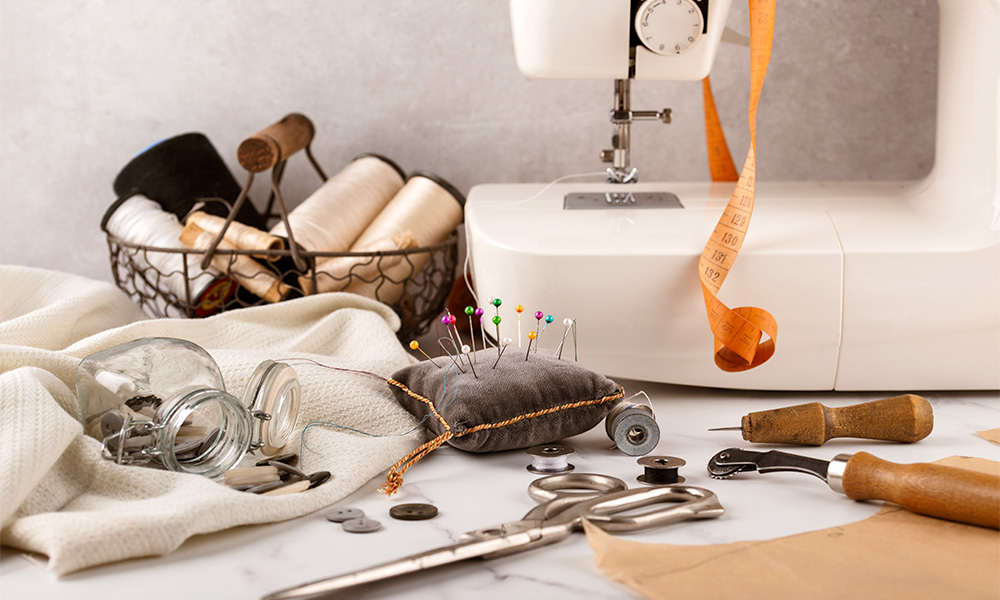
Bound Seams
Bound seams involve encasing raw edges with bias tape or self-fabric strips, creating a decorative and durable finish. This nahttypen technique works well for unlined jackets, home decor items, and garments requiring extra reinforcement at stress points.
To get a professional outcome, the binding process needs accurate measurements and exact stitching. Double-fold bias tape simplifies the process, while custom-made binding allows for perfect color matching.
Welt Seams and Lapped Seams
Welt seams create raised decorative elements while providing strong construction, often used in tailoring and structured garments. Lapped seams, where one fabric edge overlaps another, work well for thick materials like leather or canvas where traditional seam methods prove challenging.
These specialized nahttypen require specific techniques and often benefit from specialized presser feet or machine attachments for optimal results.
Modern Industrial Nahttypen Applications
Contemporary textile manufacturing employs advanced nahttypen techniques that extend beyond traditional sewing methods. Heat-sealed seams create waterproof bonds in outdoor gear and swimwear, while ultrasonic welding produces strong, flexible seams without thread.
Laser seaming represents the cutting edge of nahttypen technology, using precise light energy to fuse fabric edges together. This method works particularly well for synthetic materials and creates seamless joins in technical textiles.
Smart textiles incorporate conductive threads and specialized nahttypen to integrate electronic components into fabrics while maintaining flexibility and washability.
Choosing the Right Nahttypen for Your Project
Selecting appropriate nahttypen depends on several factors including fabric weight, stretch properties, intended use, and desired appearance. Lightweight fabrics generally require delicate seam treatments, while heavy materials need robust construction methods.
Consider the garment’s intended use when selecting nahttypen. Active wear requires flexible seams that move with the body, while formal wear benefits from precise, stable seams that maintain shape over time.
Testing seam techniques on fabric scraps before beginning your main project helps ensure optimal results and prevents disappointing outcomes on finished pieces.
Common Mistakes in Nahttypen Selection
Many sewing problems stem from inappropriate nahttypen choices rather than poor technique. Using stiff seams on stretchy fabrics makes clothes uncomfortable and tight, and they might tear when stretched. On the other hand, using stretchy seams on stiff fabrics can cause the clothes to look messy and unprofessional.
Inadequate seam finishing represents another common error, particularly with fabrics prone to fraying. Investing time in proper seam finishing prevents premature garment failure and maintains appearance through repeated washing and wearing.
Conclusion
Mastering nahttypen opens up endless possibilities for creating professional-quality sewn items that combine functionality with aesthetic appeal. Whether working with basic cotton fabrics or advanced technical textiles, understanding the principles behind different seam types enables sewers to make informed decisions that enhance their finished products.
The evolution of nahttypen from traditional hand-sewing techniques to modern industrial applications demonstrates the continuing importance of these fundamental construction methods. As textile technology advances, new seam types continue to emerge, offering exciting possibilities for creative expression and technical innovation.
